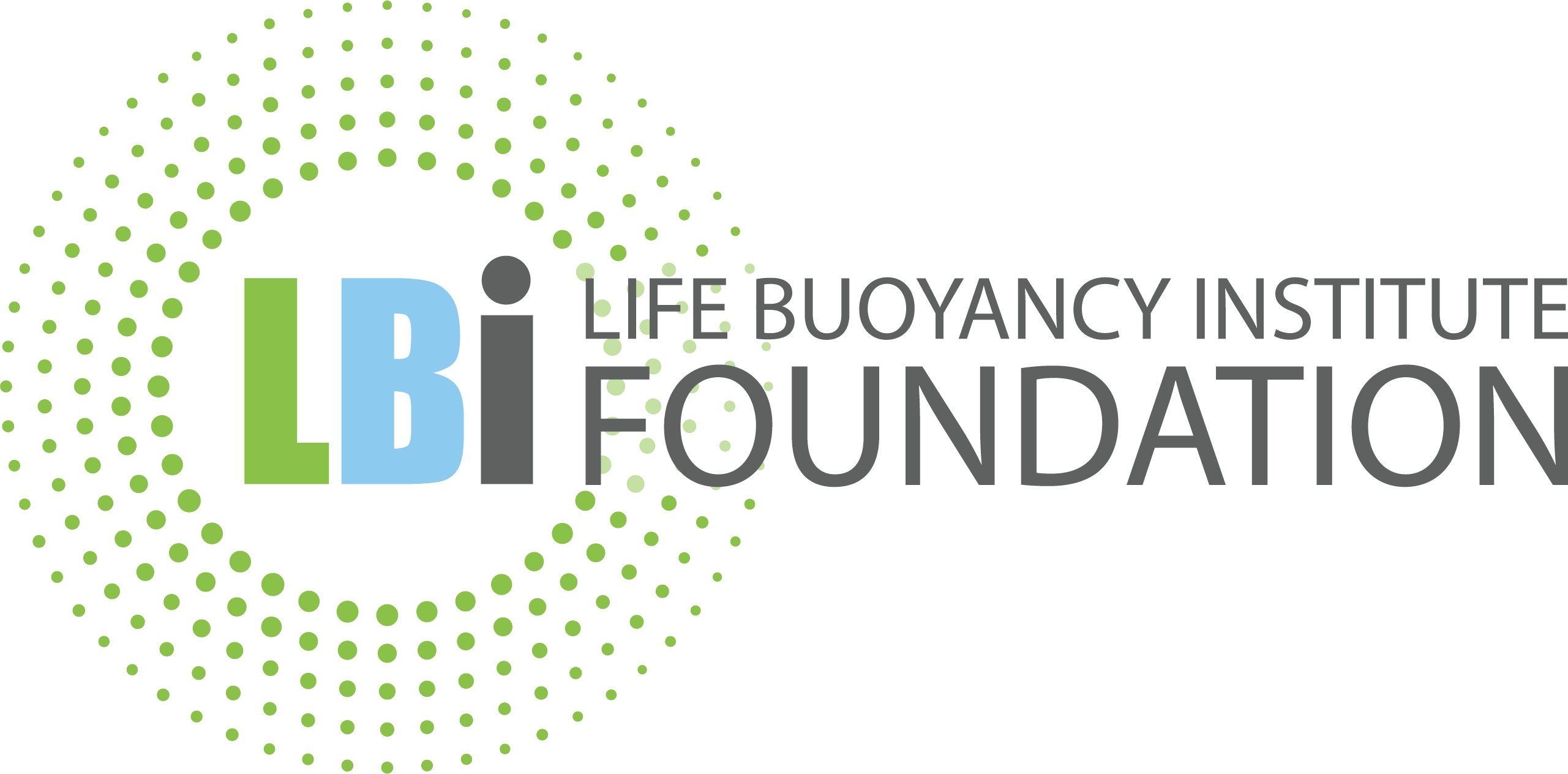Overview
This resource page is dedicated to helping you and your community understand how LBI Foundation define trauma-responsive practice.
Responding to Trauma
Understanding Trauma
Trauma by definition is any event or experience that overwhelms your coping ability, and it is frequently associated with intense negative feelings and the absence of physical and emotional safety.
Trauma and adverse life events can have pervasive behavioural, neurological, emotional, developmental, cognitive and social effects on children, young people and adults.
Specialist Approaches
There is increasing awareness of the importance of specialist tools, methods and approaches to help people heal, grow and achieve their best following adverse life events.
At LBI Foundation, we are focused on the sustainable ‘implementation’ of the science of wellbeing, growth and trauma. Through collaborations with numerous researchers, practitioners and community leaders, we have critically reviewed the science of wellbeing and trauma-informed practice (or care). Through this, we have tested and refined specialist methods to equip and empower individuals, communities and systems to implement this knowledge, as guided by the approach and set of methods of intentional practice. This is what we have learnt.
To sustainably build whole-of-life outcomes for people impacted by trauma (or adverse life events), communities need to come together around a unifying vision, approach and set of intentional actions (based upon trauma and wellbeing science). A unifying vision and aspiration we hold and share are ‘wellbeing and trauma responsive communities’. This is a community that provides a holding and growth environment for members to re-experience safety and trust, and to provide them the resources and skills to heal, grow and achieve their best.
Wellbeing and Trauma Responsive Communities
For detailed information on the definition and features of wellbeing and trauma responsive communities, click here.
These are schools, programs, regions or agencies who understand trauma and its impact, and can intentionally apply best-practice approaches and strategies that are integrated with existing wisdom, strengths and initiatives to deliver local healing and growth outcomes.
Trauma responsive communities are equipped and empowered.
Their members have both clarity and skills to provide a safe, supportive and growth environment. That is, to enable those who have been impacted by trauma and adverse life events to re-experience safety and trust, and to provide them the resources and skills to heal, grow and achieve their best.
Trauma-Responsive Practices
A key pillar to build trauma-responsive communities is to equip and empower individuals, communities and systems, from caregivers to leaders, with knowledge and skills to implement trauma-responsive practices in the way they teach, care for and help those they are entrusted to support.
We define trauma-responsive practice as a relationship focused approach and set of intentional actions.
As an approach, it is focused on supporting adults, communities and systems understanding and bringing ongoing awareness to the unique needs and contexts of humans, with a particular focus on trauma and adverse life experiences, and their behavioural, neurological, emotional, developmental, cognitive and social effects.
Through this awareness, we define trauma-responsive practice as a set of intentional actions (or expressed skills) where supporting adults, communities and systems bring focus to and action five key areas of intent.
5 Key Intents of Trauma-Responsive Practice
These intents provide an organising framework to name and strengthen existing strategies, and identify areas of ongoing growth or development to build a trauma-responsive community. This includes, supporting adults, programs and systems:
- Taking a Personalised and Broad Understanding – bringing deep and individualised reflections of how presentations and behaviours are adaptations or coping responses to trauma needs and contexts.
- Side-By-Side Support (Safe Base) – the catalyst for growth and healing outcomes are side-by-side relationships, that provide a base of safety, stability and growth.
- Responding to Need (Safety and Trust) – intentionally ‘responding’ to the ‘under the surface’ factors and needs that drive behaviour, and uplifting safety and trust at all times. As opposed to ‘reacting’ to or focusing just on surface presentation or behaviour.
- Building Capacity (Growth and Upskilling) – bringing a growth intent to equipping and empowering community members to build the awareness, skills and mindsets for healing, growth and thriving life outcomes (including post-traumatic growth if desired).
- Collaborating with Shared Intent (Growth Planning) – building collaboration and shared growth solutions between the support team and person being supported.
These five areas of intent can be brought to focus and actioned by caregivers, teachers, practitioners, leaders and systems.
The IMPACT Program is designed to make trauma-responsive practices understandable and practical for caregivers, teachers, practitioners and all community members.

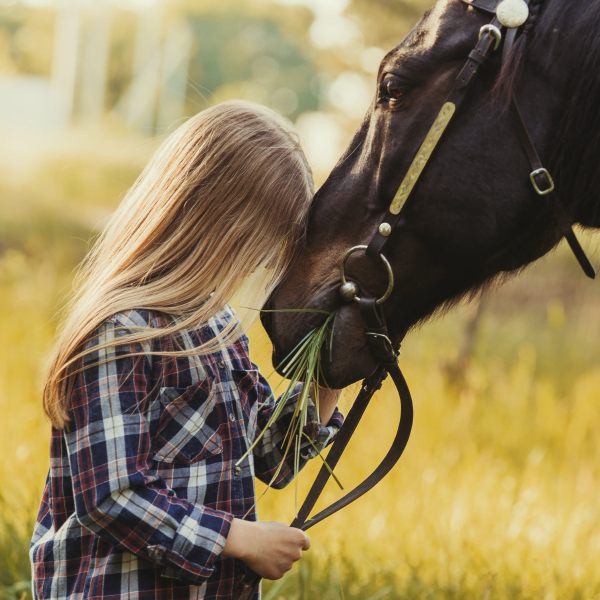
Interested in Further Information
Speak to Your Local IMPACT Coach
Your local IMPACT Coach can provide you access to a practical factsheet on how the IMPACT Program makes trauma-responsive practical in action. For IMPACT Coaches, to access this fact sheet click here and then log-in.

Contact Us
We offer partner communities specialist workshops on trauma, its impact and how to implement trauma-responsive practices across education, child protection, foster care and a variety of community service settings.

